Even the pros are pretty much split on whether or not they recommend using plow skids. Some of the factors that come into play include whether or not the ground is frozen, what type of driveway surface you’re plowing (and even the distinction between different types of gravel or how packed down it is), the weight of the plow blade, and the type of wear bar on your snow plow (steel or urethane).
Best Snow Plow Skid Plates
| Product | Short Description |
|---|---|
|
Editor’s Choice
Warn Snow Plow Skids for Gravel Driveway |
|
P&M Polaris Skid Shoes |
|
KFI Products Plow Blade Skid Kit |
|
Polaris Plow Skids |
|
ECOTRIC Moose ATV UTV Plow Skids |
|
Open Trail Plow Skid Kit |
|
FAQs
What are snow plow skids?
Snow plow skids are attachments designed to work with ATV/UTV snow plows. They are typically made of durable materials like steel or high-density polyethylene and are mounted on the bottom of the plow blade. Skids help raise the plow blade off the ground, allowing for smoother and more efficient plowing operations.
Why Use Plow Skids?
Plow operators who use skid shoes generally use them for one of two reasons:
- To keep from plowing gravel or stones into the yard,
- To make the wear bar last longer.
Why do I need snow plow skids for my ATV/UTV?
Snow plow skids offer several benefits. Firstly, they help protect the plow blade from excessive wear and tear by providing a smooth surface to glide over uneven terrain. They also prevent the plow blade from digging into the ground or catching on obstacles, reducing the risk of damage to your ATV/UTV or the plow itself. Skids also help maintain consistent plow height, ensuring proper snow removal and preventing damage to surfaces being cleared.
How do I choose the right snow plow skids for my ATV/UTV?
A: When selecting snow plow skids, consider the following factors:
Compatibility: Ensure that the skids you choose are designed to work with your specific make and model of ATV/UTV snow plow.
Material: Look for skids made of durable materials like steel or high-density polyethylene, as they offer good resistance to wear and can withstand harsh winter conditions.
Adjustability: Some skids allow for height adjustment, which is useful for accommodating different snow depths or varying terrains.
Easy Installation: Opt for skids that are easy to install and compatible with your plow system, as this will save you time and effort.
How do I install snow plow skids on my ATV/UTV?
The installation process may vary depending on the specific skid design and your ATV/UTV snow plow system. However, most skids are relatively easy to install. Generally, it involves attaching the skid brackets or hardware to the plow blade and securing them in place using bolts or pins. Detailed installation instructions are typically provided with the skids, and it’s essential to follow them carefully.
Can I adjust the height of snow plow skids?
Yes, many snow plow skids offer height adjustment options. This allows you to raise or lower the plow blade to accommodate different snow depths or adjust to varying terrains. Adjustable skids often feature multiple mounting holes or a mechanism that allows you to change the height setting. Refer to the manufacturer’s instructions to understand how to adjust the skids properly.
How often should I replace snow plow skids?
The lifespan of snow plow skids depends on various factors such as usage frequency, terrain conditions, and the quality of the skids. Generally, skids made of high-quality materials can last for several seasons. However, it’s essential to inspect them regularly for signs of excessive wear, such as significant reduction in height or severe damage. If the skids are worn out or damaged, they should be replaced promptly to maintain optimal performance and prevent further damage to your plow or ATV/UTV.
Can I use snow plow skids on other types of vehicles?
Snow plow skids are specifically designed to be compatible with ATV/UTV snow plows. While it may be possible to adapt them for use with other vehicles or equipment, it’s crucial to ensure compatibility and assess whether the skids can be safely and effectively mounted on the specific vehicle or equipment you have in mind. Consult with the manufacturer or a professional
How to Adjust Plow Skids
When plowing a dirt or gravel surface, adjust the plow shoes so that the blade is raised slightly above the surface. When plowing an asphalt or concrete surface, adjust the shoes to the same height as the plow blade to get a clean scrape.
Some plow operators remove the skid shoes or raise them all the way up when they want to scrape the surface bare. If you’re not sure whether to use skid shoes or not, try plowing with them and then without them to see what works better for the conditions and surface that you’re trying to plow.
Plow skids make your wear bar last longer and protect the driveway surface.
Conclusion
Skid shoes are designed to allow the plow blade to “float” just above the surface that you are plowing. This comes in handy for gravel driveways, crushed rock, pavers, uneven surfaces or slightly raised areas, and soft surfaces that can get marred by the plow blade. With the plow raised slightly, you are less likely to bulldoze gravel and stones into the yard, and you will get a longer life out of your wear bar. The skid shoes allow you to follow the contour of the surface, so the blade doesn’t catch or chatter.


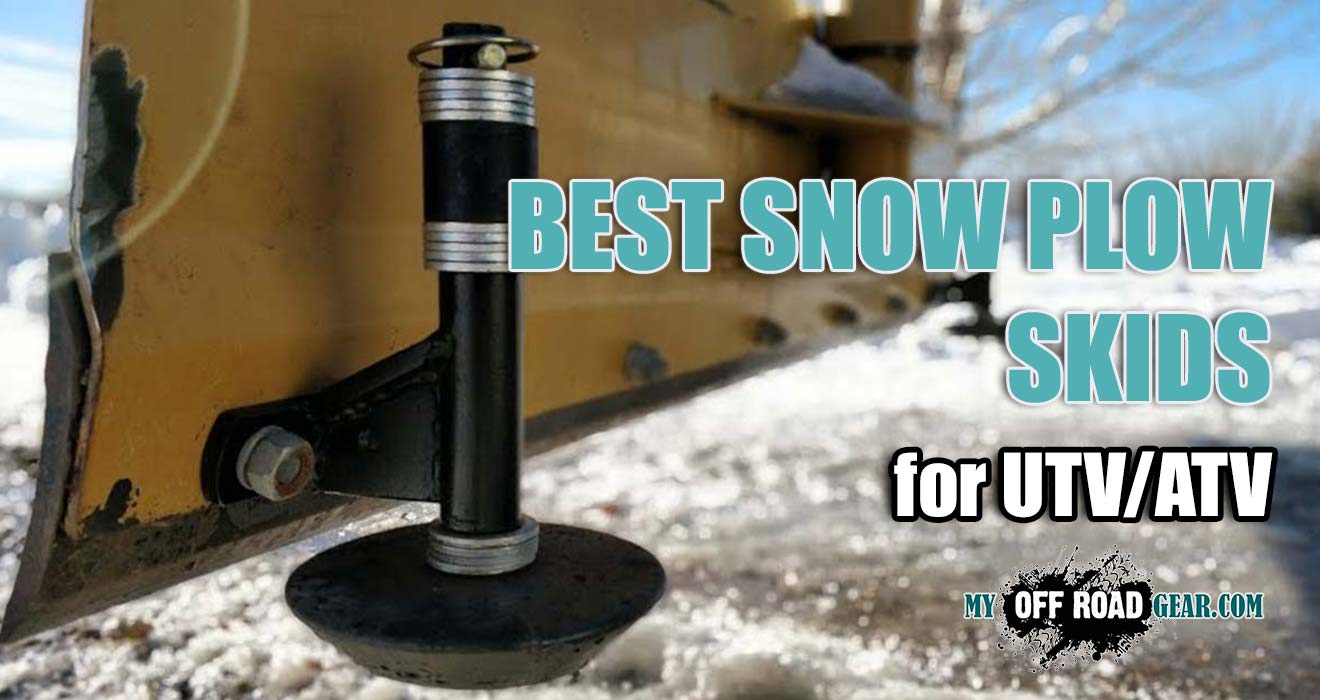

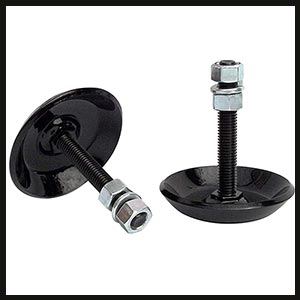
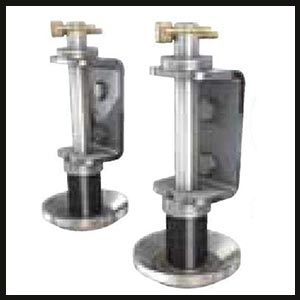
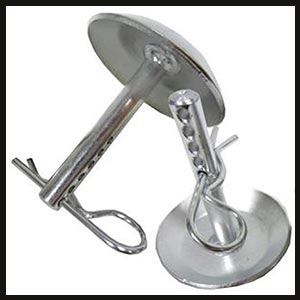
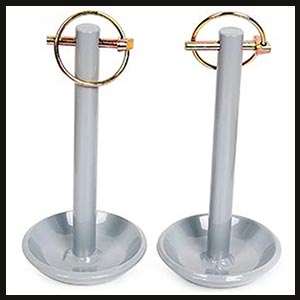
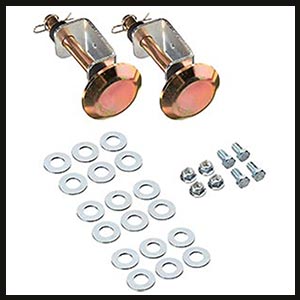
Add Comment